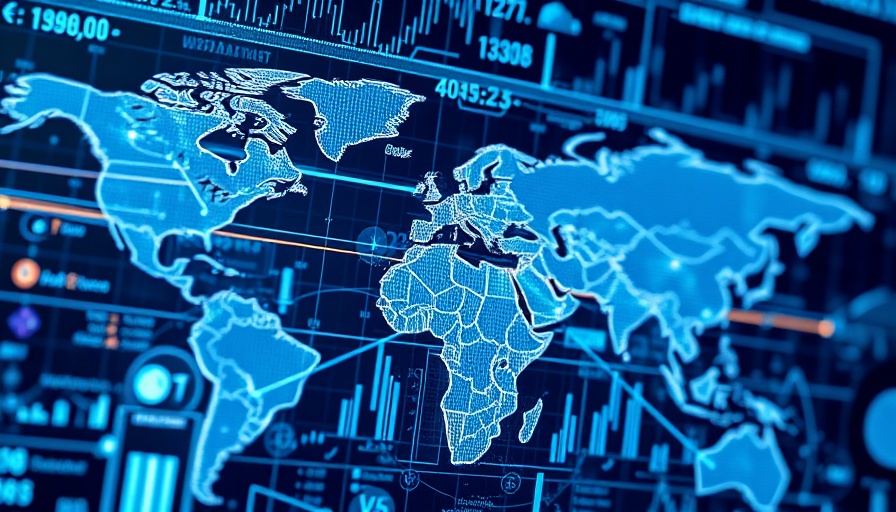
Understanding the Current Account Balance: What It Means for Economic Health
The current account balance (CAB) plays a pivotal role in assessing the economic vitality of a country. It is part of the balance of payments, which records all monetary transactions between a country and the rest of the world. Understanding the CAB involves examining imports and exports of goods and services, net income from abroad, and unilateral transfers such as foreign aid and remittances. This article delves into the complexities of the current account, its components, and its implications for national economic strategies.
The Components of the Current Account Balance
To grasp the current account balance fully, one must first identify its four primary components: goods, services, income, and current transfers. The balance of trade, which reflects the difference between exports and imports, constitutes the largest fraction of the CAB. A positive balance indicates an export surplus, while a deficit displays greater imports than exports.
Goods refer to tangible products that are exchanged between countries, while services include intangible actions like tourism and business services. Income primarily concerns revenues from foreign investments and remittances from residents working abroad. Lastly, current transfers are unilateral financial movements where no goods or services are provided in return, such as remittances or foreign aid. Together, these factors paint a comprehensive picture of a country’s economic interactions with the global market.
The Significance of Current Account Surpluses and Deficits
The current account balance ideally aims for zero, indicating a stable economy, although this is rarely achieved in practice. A surplus suggests that a country acts as a net lender internationally, potentially boosting its net foreign assets. Conversely, a deficit reflects a net borrower status, indicating dependence on foreign economies to fulfill domestic consumption and investment needs.
Analyzing the complexities of a current account surplus or deficit is essential. For instance, a surplus might seem favorable at first glance; however, it raises questions about productive use of excess savings. Conversely, a deficit can be justified if it funds vital investments intended to generate future income. Evaluating the underlying reasons for these accounts is crucial—particularly in the context of global economic conditions and domestic growth ambitions.
The Role of Central Banks in Current Account Management
In navigating current account balances, central banks—including the South African Reserve Bank (SARB)—actively engage in monetary policy. SARB's strategies include interest rate adjustments to influence currency value and maintain inflation targets. For instance, changes in the repo rate directly impact the money supply, thus affecting exports and imports' competitiveness.
Lesetja Kganyago, Governor of SARB, emphasizes the significance of financial stability and macroeconomic management. International comparisons show that various countries employ different tactics for navigating their current account positions, from protective tariffs to monetary interventions aimed at minimizing deficit effects.
Impacts of Current Account Imbalance on Financial Stability
Current account imbalances can indicate wider economic vulnerabilities. Persistent deficits may lead to diminishing foreign reserves, prompting investor scrutiny and potential currency depreciation. Underperformance in trade can trigger inflationary pressures if imports rise more than exports. On the other hand, strategic investments—if adequately managed—can enhance local production capabilities and ultimately contribute to balance correction.
Examining historical trends and current economic data offers crucial insights into how nations like the United States manage their current account deficits. This strategic navigation shapes not only national growth trajectories but also global economic interdependencies.
Conclusion: The Future of Current Account Assessment
As the world becomes increasingly interconnected, understanding the dynamics of current account balances will only grow in importance. Policymakers and financial analysts must remain vigilant to both domestic and international economic indicators that influence these balances. Continuous economic research will foster better decision-making in managing these vital aspects of a nation’s financial strategy.
For professionals navigating the complexities of economic indicators and monetary policies, staying informed about changes in current account dynamics is essential for fostering resilience in an ever-evolving global economy. Seeking further insights on this topic could significantly enhance strategic decision-making in financial markets.
 Add Row
Add Row  Add
Add 




Write A Comment